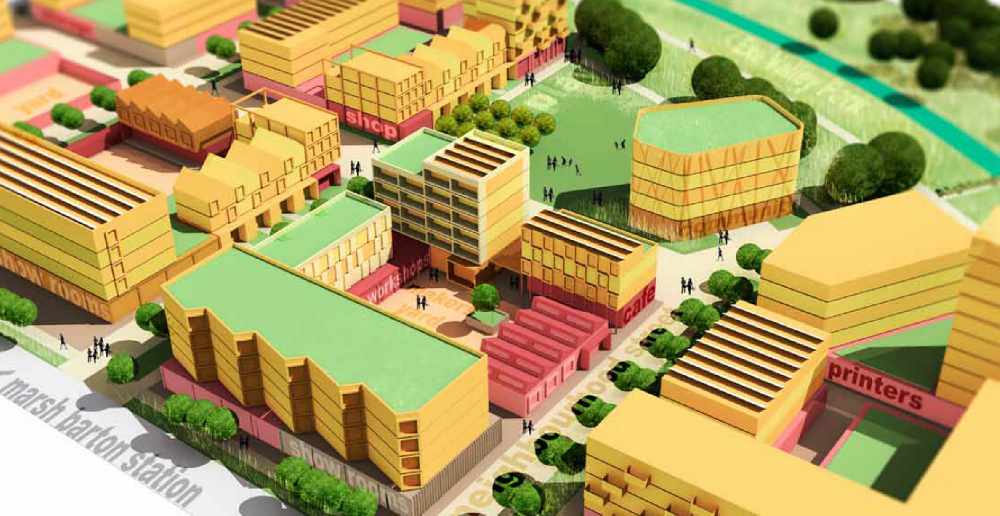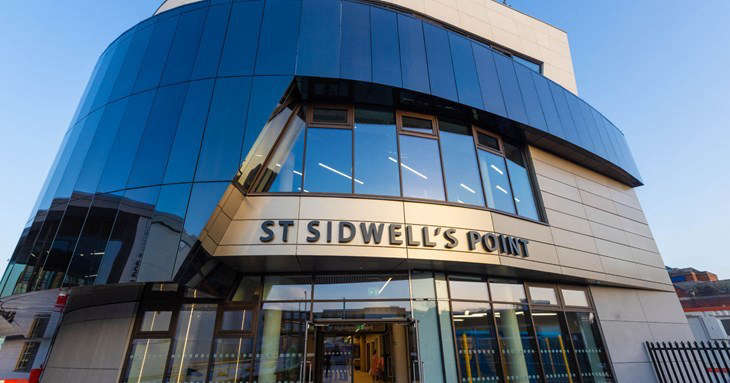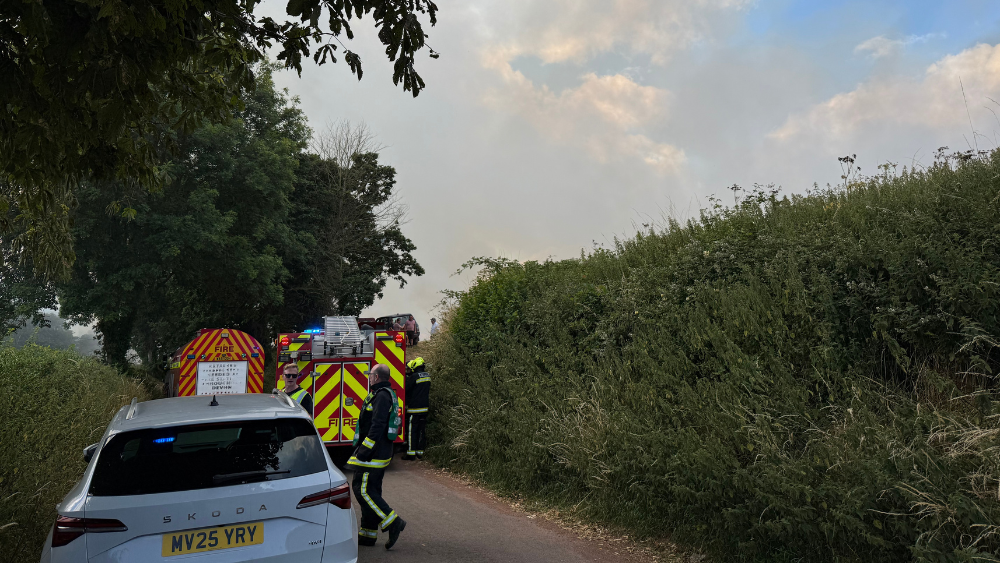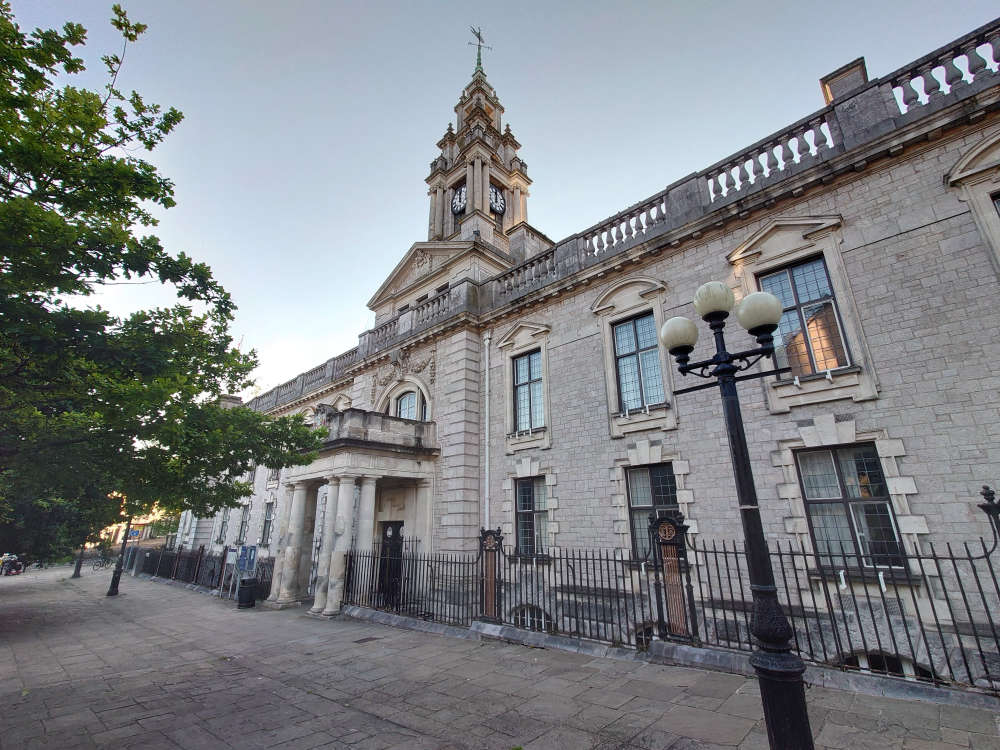
Council to back feasibility study
Exeter City councillors are being asked to back work on a feasibility study for more than 5,000 homes at Marsh Barton.
The council wants to build up to 12,000 new homes on what is currently exclusively an industrial estate as part of a programme called Liveable Exeter.
Marsh Barton could eventually become a new town within the city, building on 'garden community' principles.
Grants totalling £625,000 have been secured to progress work related to the Liveable Exeter programme. Exeter City Council’s executive, is being recommended to approve the budget to progress work related to the programme, and for two new, fixed-term posts as part of the team.
As part of the scheme: "mobility hubs, linear parks and digital connectivity will all take the place of expanding car parks and roads and offer the opportunity to create a ground-breaking development anchored around a comprehensive and sustainable urban mobility network."
It's claimed the future Marsh Barton will connect with Water Lane and the city centre, to build on under-utilised and redundant infrastructure to deliver world-class sustainable and active travel opportunities.
The plans could see 5,544 homes built, mainly in flats. It will remain an important employment and retail area, but make better use of riverside location, as well as new work space, and community space and school sites.
Richard Marsh, Liveable Exeter programme director and interim city development lead, in his report to the executive, said: “The Liveable Exeter programme is the council’s transformational housing delivery programme. It seeks to deliver up to 12,000 new homes in a series of new inclusive and sustainable communities, focused on major brownfield development sites within the city.
“This way of working marks a distinct change to previous growth strategies which sought to meet housing growth demands within the Greater Exeter area through greenfield development and is consistent with the council’s focus on achieving the net-zero targets and delivering on the Exeter 2040 Vision.”
Eight sites across Exeter are mentioned as part of the Liveable Exeter vision, including the Marsh Barton plans.
They are:
1: Red Cow Village (St David’s) – 664 homes in a new neighbourhood based around the historic Red Cow Village near Exeter St David’s railway station. It will provide a strong sense of arrival benefits Exeter’s identity, status and culture, a new neighbourhood, including new work space, and use of under-utilised station buildings, as well as space for shops and leisure, work space, and a new Exeter St David’s station building and the refurbishment of Great Western Hotel
2: Water Lane – The Water Lane project can deliver a new community at the scale of a new town close to the city centre, as the riverside site has the potential to become home to around 14,000 people. The vision for Water Lane is as an enterprising, self-sustaining community, a place to work as well as to live close to the city’s best loved assets. This will be a walkable place where day to day needs can be met without the use of a car. The plans could see 1,567 homes, a space for expanding leisure attractions near the quay, with low traffic or car-free development with attractive cycle and walking connections, shops and leisure, work space, as well as other community space and a primary school,
3: Marsh Barton – Marsh Barton: detailed above
4: East Gate – The plans would provide Exeter with an enhanced approach to the City Centre from the east, reducing traffic on the Heavitree Road and allowing for improved public transport and walking and cycling routes, the East Gate development is an exciting opportunity for communities in St Leonards and Newtown.
It would include 962 new homes, shops and leisure units, including the new St Sidwell’s Point leisure centre, work space, including a relocated Civic Centre, and community space.
5: West Gate – The plans would open up access to the river and canal from the city centre and will provide Exeter with a new cultural destination on the river. It will expand and connect the park at the heart of the city around the historic bridge and promote active travel across the river with an iconic and Green Bridge over the River Exe at Exe Bridges.
It would include 617 new homes, shops and leisure units, work space, a cultural venue on the river, and a new St Thomas railway station entrance.
6: South Gate – The South Gate site will establish an improved link between the city centre and the historic quayside, giving greater emphasis to the Roman wall, city gates and Southernhay, linking from Southernhay to the quay. This development will provide Exeter with a new arrival to the city centre from Topsham Road.
The plans include 300 new homes, a greater emphasis on the wall, city gates and Southernhay, retail and leisure units, work space, and retained car parking at Cathedral and Quay
7: North Gate – Uncovering the medieval city wall between Friernhay and Northernhay Gardens, the North Gate site will provide a new approach to the city from Saint David’s along with new residential space in the heart of the city.
It includes 308 new homes, a new living opportunity at density in the heart of the city, retail and leisure space, and car parking retained at Mary Arches, with the scheme assumes ground floor commercial with residential above
8: Sandy Gate – The plans would see 1,050 new homes in a new sustainable and well connected mixed-use neighbourhood, bridging the city and the new and existing neighbourhoods to the east, providing recreational, cultural and entertainment space where Exeter meets the newly formed Clyst Valley Park.
As well as homes, would include shops, leisure, work space, and space for sports and education provision.
 Exeter's Net Zero quest will be expensive
Exeter's Net Zero quest will be expensive
 West Devon care leavers get financial boost
West Devon care leavers get financial boost
 Murder charge after discovery of human remains
Murder charge after discovery of human remains
 Young stars set to shine in Exeter panto
Young stars set to shine in Exeter panto
 Fire crews tackle barley field blaze
Fire crews tackle barley field blaze
 £500k for new homes for Torbay and Afghan families
£500k for new homes for Torbay and Afghan families
